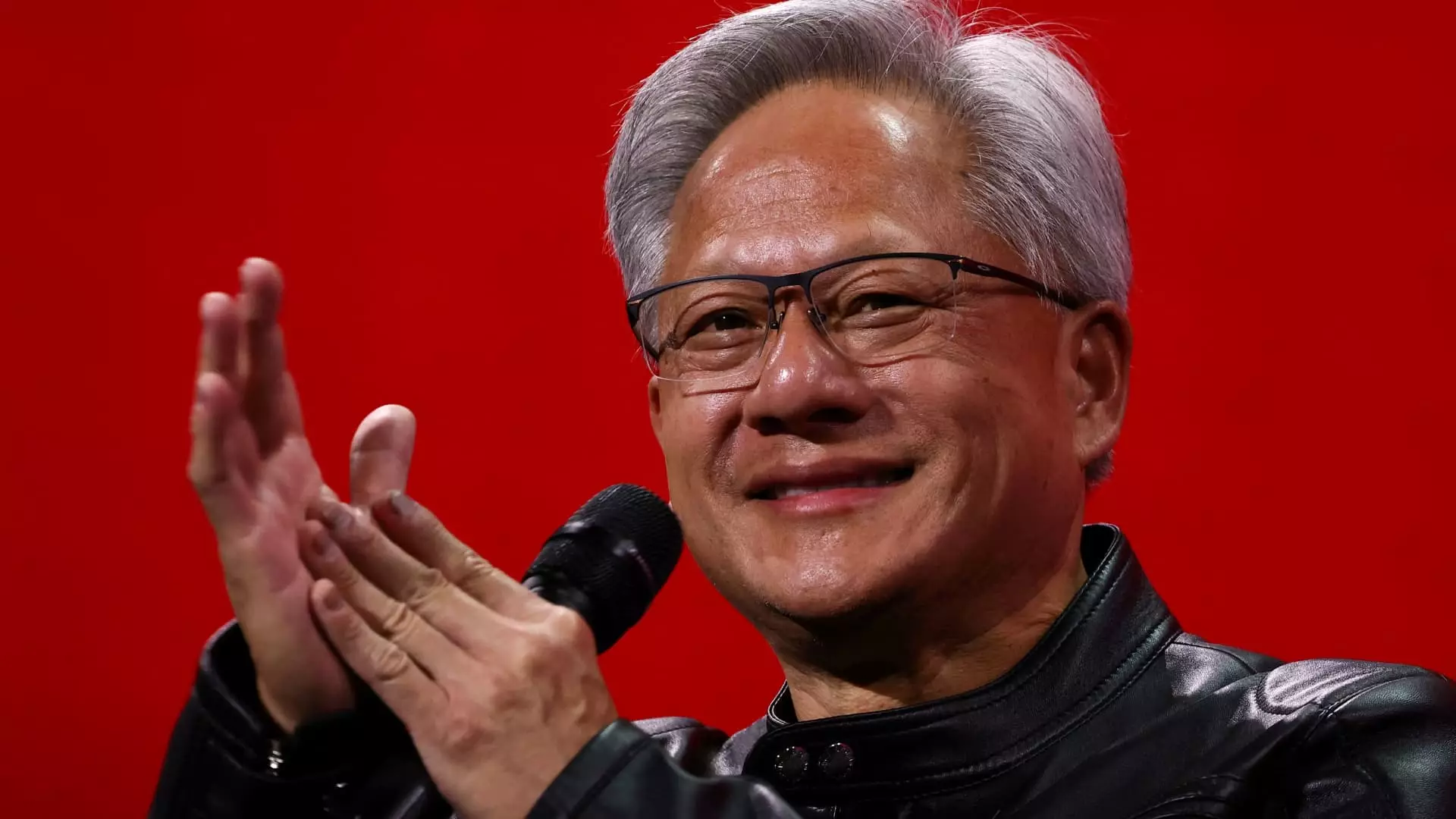In the rapidly evolving landscape of artificial intelligence, China is asserting itself as a formidable force, challenging conventional narratives of Western dominance. Despite facing significant US export restrictions and chip restrictions that aim to curb China’s technological ascendancy, Chinese tech giants are not merely surviving but thriving through innovation and resilience. Companies like Alibaba, Tencent, and Baidu are pioneering AI models that are setting new global standards, turning limitations into opportunities. Their emphasis on open-source development creates an ecosystem that fosters collaboration, accelerates progress, and democratizes access to AI technology. This strategic shift signifies a move from reliance on foreign hardware to homegrown solutions, illustrating China’s determination to carve out its unique path in the AI revolution.
Resilience in the Face of Sanctions and Restrictions
Restrictions imposed by the U.S. over the past three years have significantly impacted American companies like Nvidia, which has seen its sales in China diminish sharply. Yet, these setbacks have not halted China’s AI ambitions; instead, they have catalyzed a fierce push toward indigenous innovation. Chinese startups like High-Flyer, behind the DeepSeek model, exemplify how necessity fuels ingenuity. By stockpiling critical hardware and leveraging domestic resources, Chinese firms circumvent some export controls, demonstrating strategic adaptability. The fact that DeepSeek rivals international leaders like OpenAI in cost efficiency and development capacity underscores a broader trend: China’s capacity to develop competitive, globally relevant AI models independently. It’s a testament to a broader technological maturation that exceeds many earlier expectations.
The Open-Source Strategy: Democratizing Innovation and Safeguarding the Future
One of China’s most compelling advances lies in its embrace of open-source AI models. Unlike some Western entities, which maintain proprietary control over their AI technologies, Chinese companies openly share their codes and models. This openness fosters a collaborative environment where developers from various backgrounds contribute to and benefit from shared innovations. It also plays a crucial role in future safety standards, ensuring that AI development remains transparent and aligned with global ethical norms. Open-source AI lowers barriers for startups and researchers worldwide, creating a more level playing field in the global AI race. By encouraging this ecosystem, China is not merely competing but shaping the future of AI development in a way that prioritizes collective progress over corporate secrecy.
The Strategic Significance of AI in Consumer and Military Domains
AI integration in everyday Chinese life is already profound. From Tencent’s WeChat to Alibaba’s Taobao, Chinese consumers are experiencing AI-driven services that are both advanced and highly accessible. These applications enhance user experience and embed AI deeply into the fabric of daily life. Yet, the stakes are also geopolitical. China’s military and defense sectors are believed to benefit indirectly from this technological momentum, despite U.S. restrictions aimed at stalling Beijing’s military capabilities. Meanwhile, global tech giants and governments are navigating a shifting landscape, where cooperation and competition intermingle. The recent easing of some U.S. export limitations hints at a possible recognition that cooperation—rather than isolation—may better serve mutual interests in AI development.
The Future of Global AI Leadership: A New Power Dynamic
As Chinese companies continue forging ahead amidst restrictions, the global AI arena is witnessing a shift in power dynamics. The narrative that Western companies and countries will dominate AI is being challenged by China’s extraordinary resilience and innovative spirit. Jensen Huang’s praise for China’s AI models and its open-source approach reflects a recognition of the strength and potential of Chinese AI ecosystems. While Western companies still lead in certain areas, the speed and scope of China’s technological breakthroughs suggest that the global AI race will be far more multipolar than previously anticipated. This evolving landscape demands a nuanced understanding—one that appreciates China’s strategic vision, resourcefulness, and the transformative impact of open innovation policies. Whether this signals a sustainable shift or just a temporary advantage remains to be seen, but one thing is clear: China’s rise in AI signals a future where global leadership in the field is more contested and dynamic than ever before.

